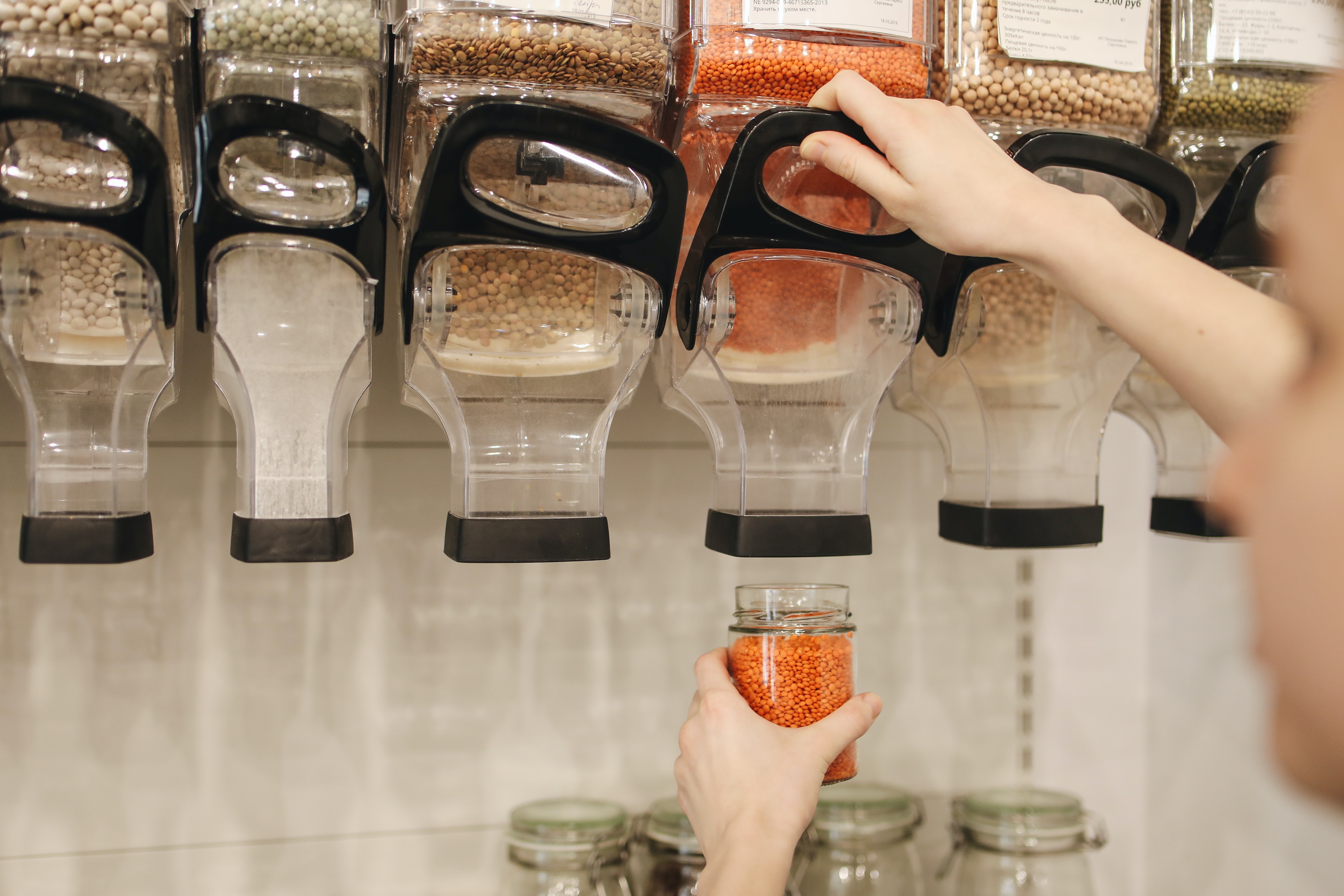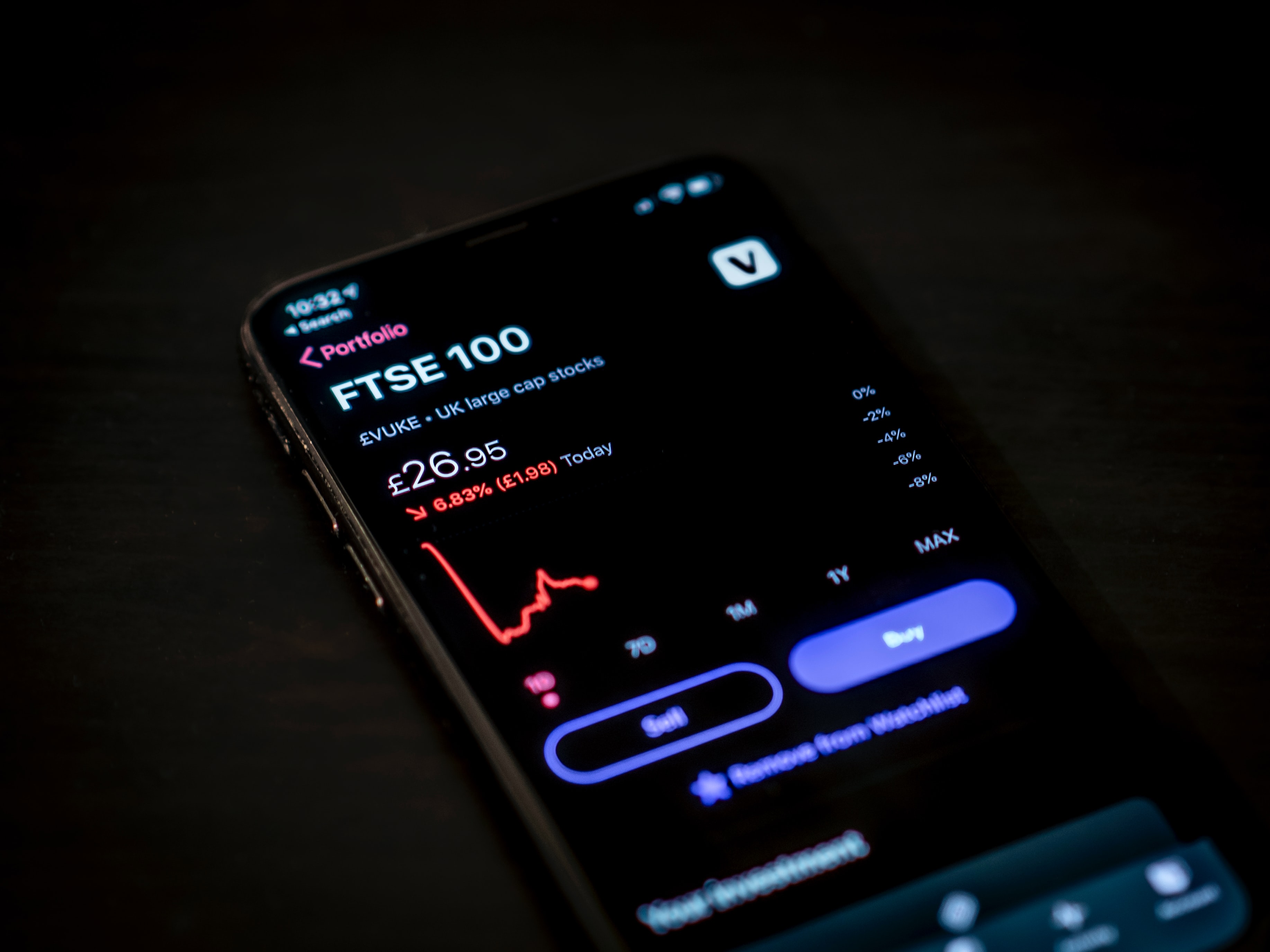Coronavirus and consumerism: How have attitudes to payments changed during the pandemic?
Explore how the pandemic accelerated cash decline, boosted contactless and digital payments, and reshaped consumer behaviour for good.
During a second national lockdown, we take a look at the profound impact of Coronavirus to date on consumer spending, cash and digital payments.
The fear of spread through cash-handling
The Coronavirus pandemic has undoubtedly accelerated the already rapid transition to a cashless society in the UK and Europe.
The shift from cash to card and digital payments has been facilitated by the fear that carrying and touching banknotes can spread the virus.
And although there is not much evidence to prove this, bricks and mortar shops have been quick to adopt 'card only' signage. At the advice of the government, many retailers are encouraging customers to pay with contactless wherever possible.
Cash machines have felt the impact dramatically, with Link reporting a 60% drop in cash withdrawals at ATMs across the UK. Not only had people stopped withdrawing cash during the pandemic lockdown, but Link found that consumers would rethink their cash usage in the future, post-Coronavirus.
Contactless payments made easier
Even cash-heavy economies such as Germany and Italy have seen a surge in credit and debit card and mobile payments during 2020. While many countries across the continent experienced changes to consumerist attitudes, arguably, it was Spain that felt the impact most dramatically, with cash volumes in the country plummeting by 90%.
This cultural shift was encouraged by the decision by card schemes to increase the maximum transaction value for contactless payments to £45 in the UK. It was increased to €50 in several countries across Europe.
The increase in transaction value for the contactless card payments has led to an extra half a billion payments without chip and PIN processed by Visa alone.
Visa praised the adoption of higher rates across European countries and is urging more countries to adopt higher limits on their contactless payments.
They've achieved this by reassuring consumers that increasing the maximum amount would not compromise their security and increase the risk of card fraud.
"Contactless cards experience among the lowest fraud rates of any type of payment and that fraud at the physical point of sale has remained at historic lows at countries where contactless payments are widely used."
Cashless spending no longer limited to London
Each year, we analyse our transaction data to understand which cities use contactless cards the most across the UK. This year we wanted to understand the impact of the pandemic on any behaviour changes.
We looked at six months of transaction data, from January to June, and analysed it year on year to see which UK cities or towns had the most significant increase in contactless payments.
Our data revealed that the commuter city of St Albans, Hertfordshire, has embraced cash-free options the most over the last six months. 86% of payments there were made using contactless cards, a year-on-year increase of 19% since 2019.
Minimising touchpoints in face-to-face retail
Card and digital payments not only eliminate the need to handle cash – but they also mean that a lot of businesses, especially those in the hospitality sector, can still trade safely.
To do this, restaurants, pubs and bars are minimising touchpoints by using new ordering and payment methods through apps and QR codes. This means that customers can order at their table and pay using their phones or smart devices using card payment.
This payment change was predicted to have taken years to cement as 'the norm'. Yet it's been pushed through at a high success rate during the Coronavirus pandemic.
Ecommerce accelerated by four-six years during 2020
It is obvious to state that ecommerce consumerism has been a beneficiary of the pandemic.
However, Adobe's data goes one step further in stating the sheer scale of growth we've seen throughout 2020.
Their data shows spending in May was up by 77%, something they claim would have taken between four and six years if continued at the same pace as previous years.
During the different global lockdowns, consumers from across the world had no choice but to shop for non-essential items online. This forced smaller retailers who previously had no access to ecommerce to create websites with cart functionality. The alternative was not trading at all.
Adobe also reported a considerable increase for what they are referring to as BOPIS – Buy Online Pickup In Store. These transactions shot up by a massive 195% in May alone.
This BOPIS extends to the hospitality industry where more and more restaurants are offering online payments for collections on takeaway food.
Embracing change
During the pandemic, we've also seen new demographics embracing digital payment technologies for the first time.
Halifax reported that older people are signing up for online banking in record numbers. Comparing the first 28 days of lockdown, to the preceding 28, they saw an increase of 63% of their eldest age group.
When it comes to ecommerce, grocery chain Waitrose has announced that the amount of regular online shoppers over the age of 55 has trebled this year. Additional survey research by the company found that one in five shoppers hadn't considered buying online before the pandemic struck.
It's unsure whether all of these shoppers will stick to online orders in the future. However, it's likely that the convenience aspect of it has positively revolutionised things.
How Dojo can help
At Dojo, we're keeping up-to-speed on all things payments, working hard to create the best technologies, for whatever life throws at business owners. We're dedicated to creating future-facing business tools that make payments effortless. Find out more about our contactless card machines.


